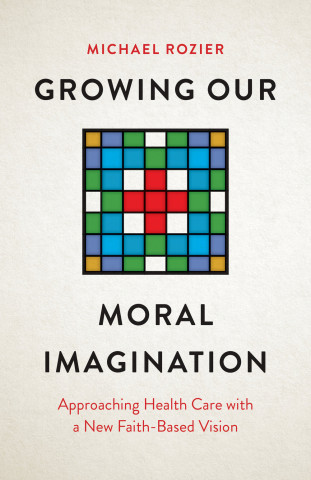
Reviews
In Strategic Science Communication: A Guide to Setting the Right Objectives for More Effective Public Engagement, authors John Besley and Anthony Dudomake a much-needed link between the practice of and training in science communication, and the research that impacts those activities. Throughout the book, the authors balance actionable information for practitioners and the theoretical literatures underpinning them—and they do so admirably. Both of the book's intended audiences, practitioners and researchers, can glean informative insight from its pages.
This book, written by the two top experts in the field, makes both the historical and current information on the conceptual and applied aspects of strategic science communication easily accessible. It is an excellent and much-needed resource for the community of researchers and practitioners in science communication. I can think of no other researchers who are better connected to the broader science communication community than Drs. Besley and Dudo.
A comprehensive, pragmatic book covering science, environment, health, and risk communication. Science communication is a rapidly expanding field, with a desperate need for guidance from the social science world. Besley and Dudo, who have run a research program focused on strategic communication for many years now, are the right authors to offer that guidance.
Strategic Science Communication fills a very large gap in our collective discourse around how science and scientists can engage with society and make a difference in the world. The focus on strategy is absolutely essential for the field of science communication to have the impact we hope for. Scientists looking to 'level up' their science communication skills will find this book incredibly useful.
Book Details
Acknowledgments
Introduction
Chapter 1.What It Means to Be a Strategic Science Communicator
Chapter 2. Science Knowledge as a Communication Objective
Chapter 3. Show Warmth
Chapter 4. Show Integrity
Chapter
Acknowledgments
Introduction
Chapter 1.What It Means to Be a Strategic Science Communicator
Chapter 2. Science Knowledge as a Communication Objective
Chapter 3. Show Warmth
Chapter 4. Show Integrity
Chapter 5. Be Willing to Listen
Chapter 6. Show You Are Not That Different (and Respect Others' Differences)
Chapter 7. Show Competence
Chapter 8. Share Risks and Benefits
Chapter 9. Share What Other People Think Is Normal
Chapter 10. Foster Self-Efficacy
Chapter 11. Share Emotions and Frames, Carefully
Chapter 12. The Need to Take Communication More Seriously
Appendixes
A. Survey Methods
B. Supplementary Tables
C. Examining Goals and Objectives Worksheets
Index







